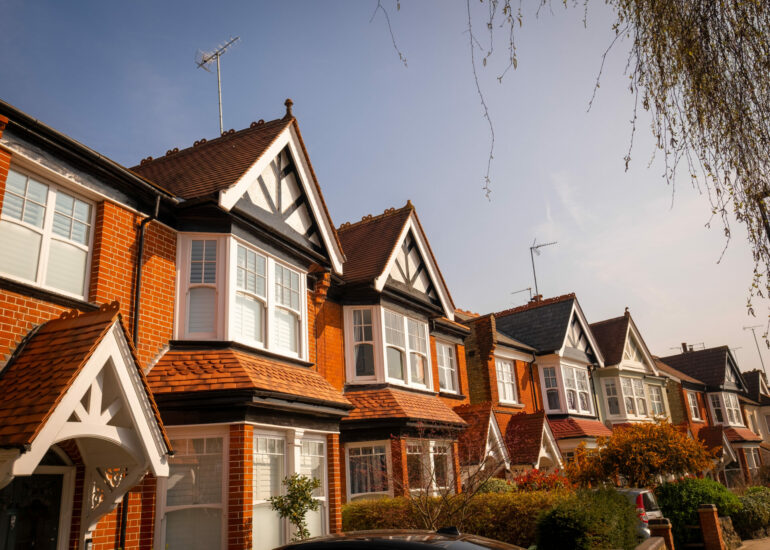The latest house price data from e.surv shows that annual house price growth has slowed to 3.6% in March 2023, down from 4.2% in February.
This is the seventh consecutive month in which annual house price growth has slowed, and the lowest rate of annual growth since July 2020.
On a monthly basis, house prices fell by 0.3% in March, following a 0.2% fall in February. This is the first time that house prices have fallen on a monthly basis since November 2021.
The average house price in England and Wales is now £379,309, up by £13,350 from a year ago. However, this is only a slight increase on the average house price of £378,159 recorded in February.
The slowdown in house price growth is likely due to a number of factors, including rising interest rates, the cost of living crisis, and the ongoing war in Ukraine.
Rising interest rates make it more expensive to borrow money to buy a house, while the cost of living crisis is putting pressure on household budgets and making it more difficult for people to save for a deposit.
The war in Ukraine is also having a negative impact on the economy, which is likely to lead to further job losses and a slowdown in economic growth.
Despite the slowdown in house price growth, prices are still rising in most parts of the country. The West Midlands remains the top region in terms of price growth, with annual house price growth of 8.9%. The South West is in second place, with annual house price growth of 8.4%. London is the only region where house prices are falling on an annual basis, with prices down by 0.2%.
The slowdown in house price growth is likely to continue in the coming months, as the economic outlook remains uncertain. However, it is unlikely that house prices will fall sharply, as there is still strong demand for housing in the UK.
Richard Sexton, director at e.surv, said: “We have been of the opinion for a while now that while house prices have been under pressure, as our March data illustrates, the housing market has remained remarkably resilient.
“On a monthly basis, the average price fell this month by around £1,200, or -0.3%. However, on an annual basis, the average sale price of completed home transactions in England and Wales rose in March by some £13,350, or 3.6%.
“The key observation is that while price growth is reducing, prices for actual completed transactions are not falling. This points to a continued shortage in the market of the right kind of property for buyers and that affordability concerns, which have been compounded by rising interest rates and the cost-of-living pressures, have been partly offset by the number of lenders competing for business in a market of fewer transactions.
“There is also evidence that buyers are cutting their cloth in terms of the type of property they expect to purchase. Our surveyor and valuer research ‘on the ground’ last month supports this view of price growth reduction rather than falling prices.
“Of course, at a regional level there has been some divergence but with the exception of Greater London, all the regions in our survey have continued to show some growth – albeit reduced.
“West Midlands remains the top region in terms of price growth, as was the case last month, at 8.9%. The region has been in the top three places for the last eight months with the South West region retaking second place, having been In the top two places in eight of the last twelve months.
“We expect the traditional Spring buying season to be incredibly important in setting the tone for the rest of the year.”



